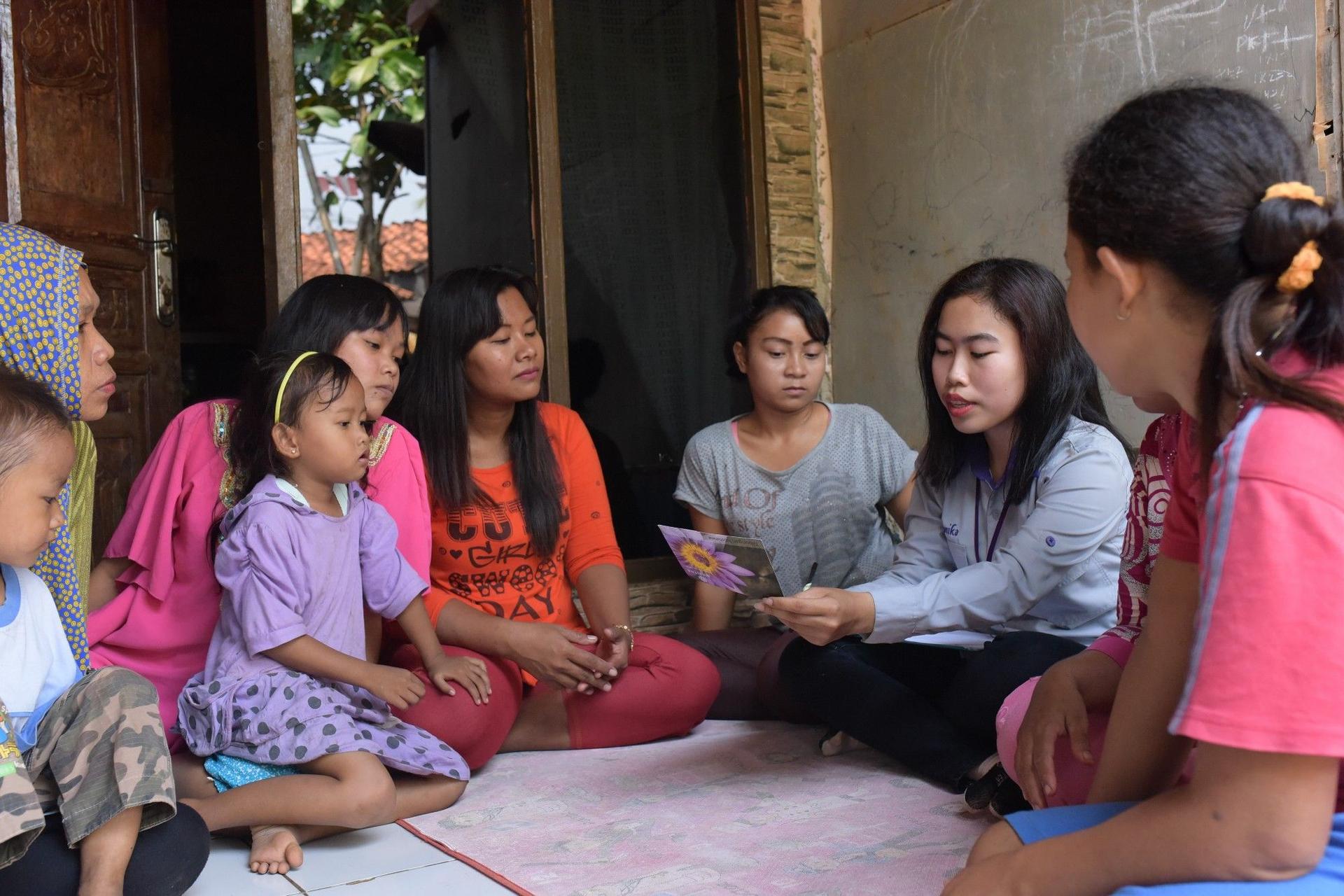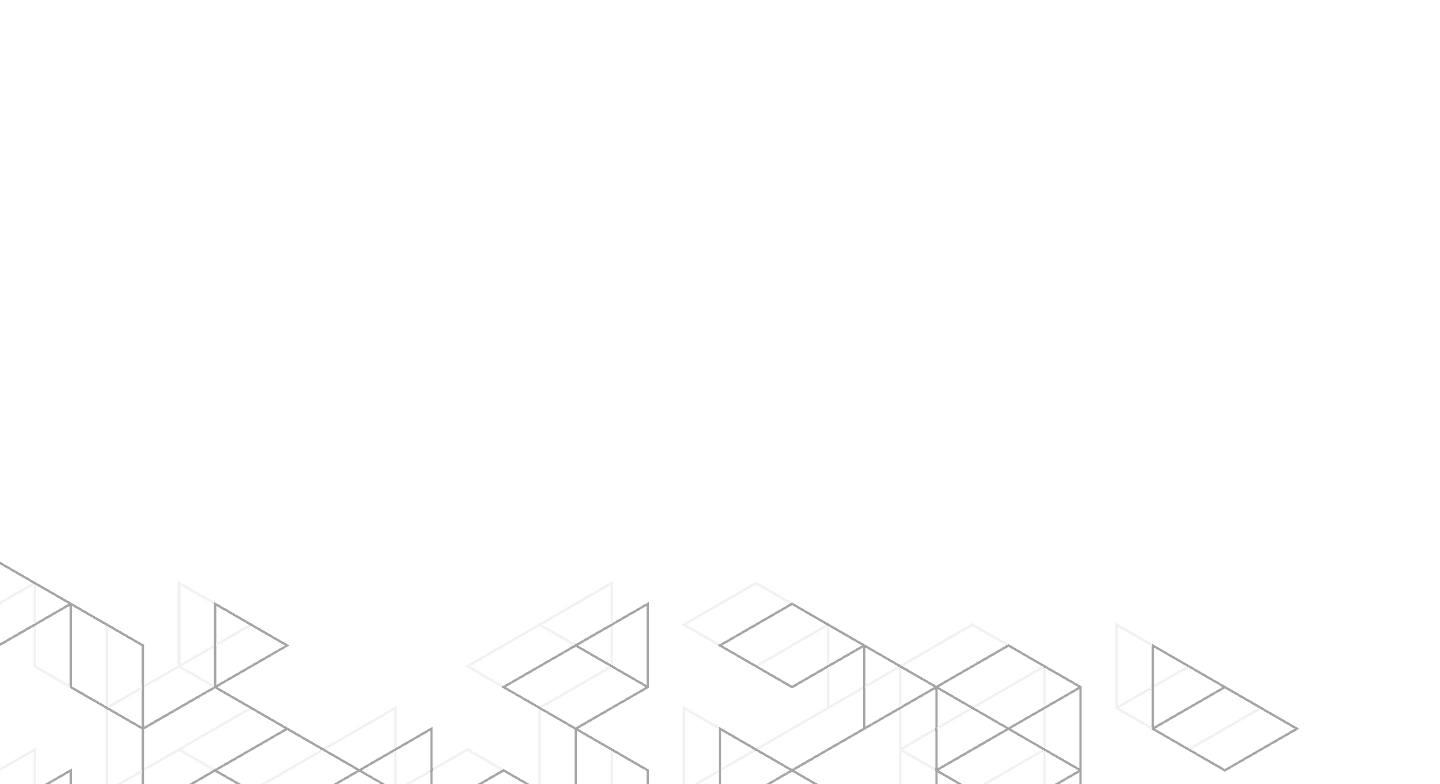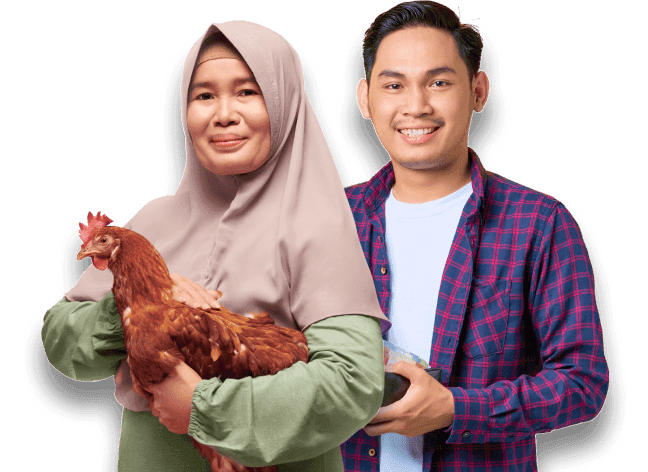

Amartha, Using Technology to Re-define Creditworthiness in Rural Indonesia
By Team Amartha Blog - 22 Feb 2018 - 3 min membaca
Q: What is Amartha?
Amartha’s focus is on advancing financial services to micro and small business (UMKM) through a peer-to-peer business model in rural areas of Indonesia. Based on our social research and experiments, we believe poor people in rural areas need an easy access to funding and financial mentoring. Those two things are the core principles of Amartha. Despite starting off as a microfinance institution in 2010, Amartha today has transformed into a FinTech player. Our peer-to-peer business model complements our vision, because the model can connect more resources from the funding side, that way borrowers can have more opportunities to be funded. Previously, all of the funding came from Amartha directly, hence the number of loans were also limited in value. With our transformed model, sources of funding can come from many registered investors. Investors can choose directly which applicant to fund. Through the concept of peer-to-peer lending, Amartha expects this micro segment to become more modern and expand rapidly.Q: Who does Amartha target?
Amartha’s main target group is working age mothers with dependents. Before deciding on a target area, we conduct research in the community that we are considering. We typically bypass villages that have been largely served by other financial institutions. Amartha does a demographic survey and market validation in areas that are below the poverty line and under-developed (and, especially, not served by conventional banking systems). Through research and discretion, we come up with a list of eligible borrowers. At this stage, we divide borrowers into groups and provide some with financial-related coaching. We also use our own personal credit scoring.Q: Can you describe the personal credit scoring?
We created a unique model to analyse unbanked financial transactions to measure the creditworthiness of an applicant. Bank credit scoring is traditionally based on transaction history, which does not exist in our target areas. Therefore we developed an approach that blends demographic profiling and psychometric tests to model risks and determine the probability of repayment. By analysing the risks, we can then directly generate credit scores. This determines how much money the borrowers are eligible for and the credit tenure. For applicants who pass the selection steps, their data are uploaded to the Amartha platform — our marketplace — to be paired with investors/lenders.Q: How many investors do you have?
Amartha’s vision is to be an informal bridge between lenders and borrowers, enabling affordable access to finance. Right now, we have more than 5000 investors registered in our system. They usually monitor the “to be funded” group daily via our marketplace. On average, around 90 percent of borrowers receive funding within a day. Investors agree to a profit-sharing scheme, with a 15–17 percent return. So, from the investment side, our model is also attractive. However, our challenge as a FinTech business is how to scale up quickly, because our focus is now in rural areas and some villages in Indonesia are difficult to reach. We also need to move faster to cover more areas so that we can serve more people. Therefore, part of our solution was to create technology-based products to help us operate more efficiently. [caption id="attachment_2007" align="aligncenter" width="940"] Amartha uses credit scoring system to help mitigate risk[/caption]
Amartha uses credit scoring system to help mitigate risk[/caption]
In Indonesia there is actually a similar system under the control of Bank Indonesia, called Debtor Information System (SID - Sistem Informasi Debitur). However, this system can only assess bankable people.
Here is the role of credit score system developed by Amartha. Through this system, they can provide an accurate analysis of a person's credit risk even though the person is unbanked people. Unlike systems like Debtor Information System that rely on banking transaction history, Amartha adds psychometric survey data and economic feasibility survey as a consideration to assess the credit risk of the borrower candidate. Using a machine learning approach, Amartha can assess credit risk after studying data from potential borrowers in the past.
In result, the system generates credit risk ratings ranging from classes A, A-, B, B-, C, D to E. In Amartha's Peer-to-peer lending platform, this rating is used to assess credit (credit pricing) that is eligible to be granted to prospective borrower, which includes Tenor, Rate, Instalment, and Ceiling Rate.
The credit scoring system also gives a clear view for lenders to measure risk and project their annual profit. For instance, the highest credit score group like of A, A-, to B are translated as low risk, low return investment, with profit share varied between 12-15%.Artikel Terbaru
Artikel Sebelumnya
Artikel Selanjutnya
Artikel Terkait
Ada pertanyaan seputar artikel di blog Amartha? atau ingin mengirimkan artikel terbaik kamu untuk di publish di blog Amartha?
Hubungi Kami SEKARANG





